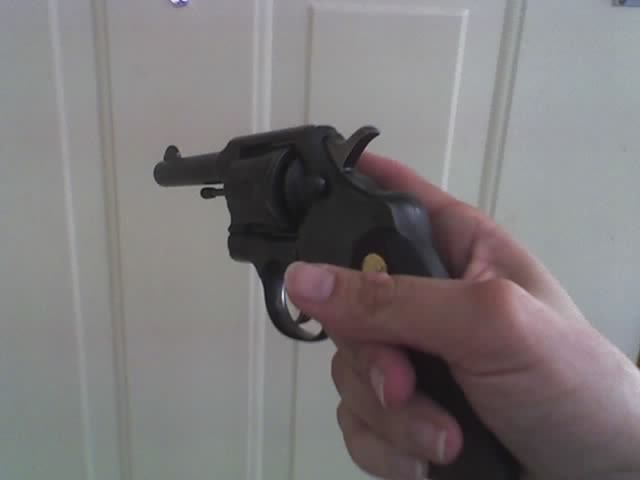(NOTE, ALL PICTURES OF ME HOLDING THE GUN WERE TAKEN AFTER I UNLOADED THE GUN, DOUBLE CHECKING BOTH BY EYE AND EJECTOR ROD. SAFETY IS QUITE IMPORTANT WHEN HANDLING GUNS)
In CHL class our CHL instructor told us all about how you always keep your finger off the trigger and how you put your index finger on the trigger guard or the frame of the gun. I understand this as it relates to semi automatics. It's pretty easy and and fits between your hand and the gun. Don't want the gun going off prematurely.
However, as I see it, this tactic doesn't really work as well for revolvers. If your finger isn't in the guard, the gun isn't as secure in your hand:
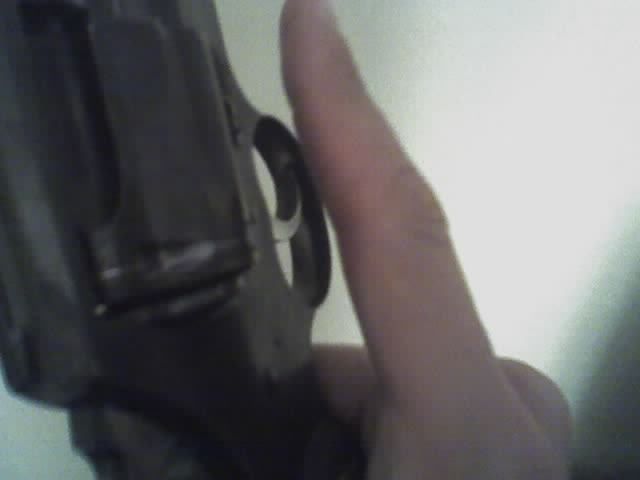
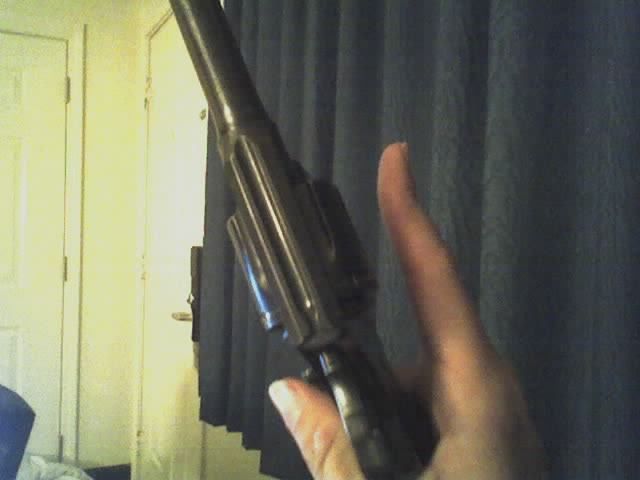
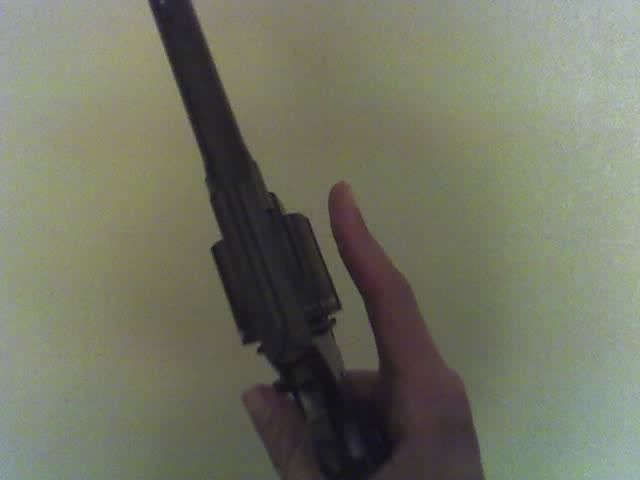
easy for hte gun to flop around in your grip and even out of your hand if the situation is too critical
Personally, I handle the revolver in the following manner:
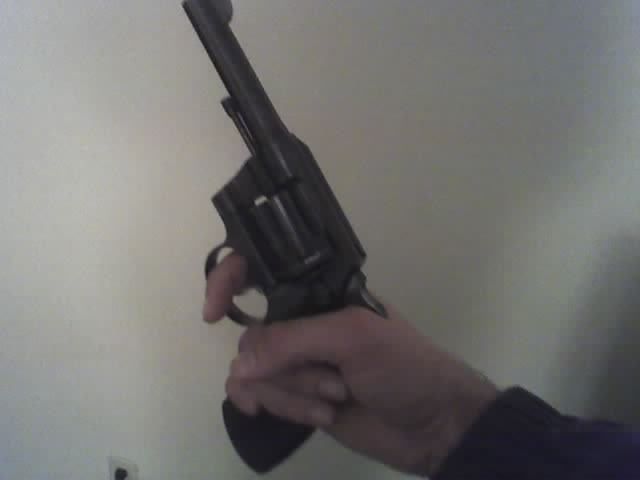
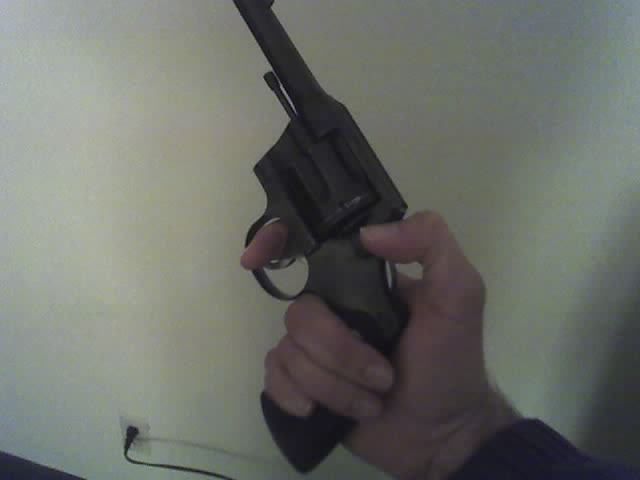
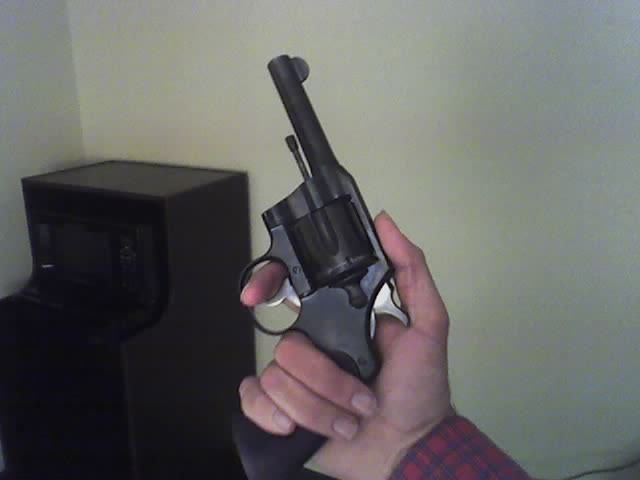
To me it makes sense. Your hand or thumb is securing the hammer and you can instantly spring the gun into firing position in your palm while the gun is at all times secure in your hand. Plus even if you feel you need your finger on the trigger ready for the gun to fire, you are still somewhat okay as it is a double action and not single action ready to pop off at the jump of a nervous shooter
In CHL class our CHL instructor told us all about how you always keep your finger off the trigger and how you put your index finger on the trigger guard or the frame of the gun. I understand this as it relates to semi automatics. It's pretty easy and and fits between your hand and the gun. Don't want the gun going off prematurely.
However, as I see it, this tactic doesn't really work as well for revolvers. If your finger isn't in the guard, the gun isn't as secure in your hand:



easy for hte gun to flop around in your grip and even out of your hand if the situation is too critical
Personally, I handle the revolver in the following manner:



To me it makes sense. Your hand or thumb is securing the hammer and you can instantly spring the gun into firing position in your palm while the gun is at all times secure in your hand. Plus even if you feel you need your finger on the trigger ready for the gun to fire, you are still somewhat okay as it is a double action and not single action ready to pop off at the jump of a nervous shooter

![pc0013[1].jpg](/data/attachments/12/12967-83a7d923a1cf350b4f70d4f0c4068015.jpg?hash=N6eh5rB9Yn)
